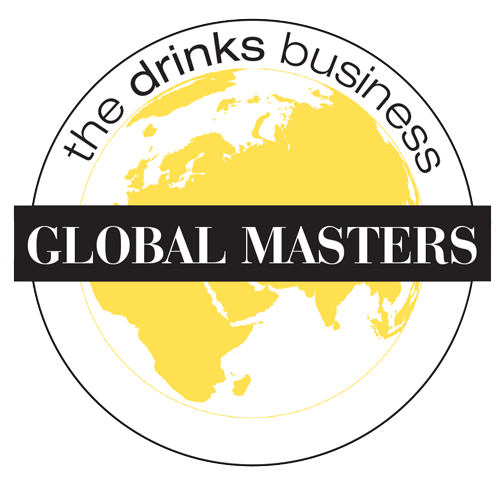Sparkling Masters 2017: results and analysis
TOP MEDALS
At £20 and above, it was notable that two countries should dominate when it came to top medals: Italy and the UK. Concerning the former, Franciacorta showed impressively, with both Ca d’Or and Berlucchi awarded Gold medals, proving that this part of northern Italy is able to craft complex, age-worthy and refreshing sparkling wines with Champagne grapes.
But, with the UK picking up Golds for Black Dog Hill, Hush Heath and Raimes English sparkling, the same should be said of this country, which is fast-emerging as a quality-minded Champagne rival, with its own distinctively crisp style.
Meanwhile, great traditional method brut sparklers featured from South Africa’s Simonsberg Ward (Babylonstoren), Slovenia (Isteni), Italy’s Alta Langa (Martini), Romania’s Oltenia (Prince Stirbey), and Chile’s Leyda Valley (Undurraga).
A Gold-winning fizz from Monmousseau in the £10-£15 band was a reminder to the judges that Loire Valley crémants can deliver masses of classic sparkling character for the cash. But what of the other benchmark fizz – Prosecco? With Silver medals awarded across a range of prices and styles, the instant appeal of this Italian fizz was confirmed in this year’s results. Like Champagne, we run a standalone competition just for Prosecco, meaning that the Prosecco entries in the Sparkling Masters were only a snapshot of what this Italian fizz can do.
 It is impressive that Prosecco has expanded so rapidly without, it seems, sacrificing quality. The higher number of medals over 12g/l for Prosecco partly reflects the fact there were more entries in this style, but also the fact that the ‘Extra Dry’ category (12-17 grams per litre of residual sugar) seems to be a ‘sweet spot’ for this sparkling wine from the Veneto.
It is impressive that Prosecco has expanded so rapidly without, it seems, sacrificing quality. The higher number of medals over 12g/l for Prosecco partly reflects the fact there were more entries in this style, but also the fact that the ‘Extra Dry’ category (12-17 grams per litre of residual sugar) seems to be a ‘sweet spot’ for this sparkling wine from the Veneto.
A look through the tables shows the top-performing producers are the likes of Santa Margherita and Massotina, and the consistent high-scorer V8+, no matter the style.
But what the results highlight more generally is the consistent quality delivered by Prosecco, a result of the attractive aromatic qualities of the Glera grape allied to the state-of-the-art winemaking technology of northern Italy.
As for the rivals to this region’s knowhow, few came to the fore, although Spain’s Félix Solís Avantis is certainly a name to watch in the world of inexpensive fruity fizz.
Having invested extensively in the latest sparkling winemaking kit at its vast winery in La Mancha, it is now starting to produce impressive results under £10, which it is selling under its Viña Albali brand.
